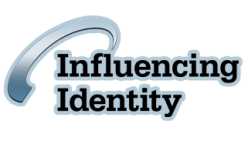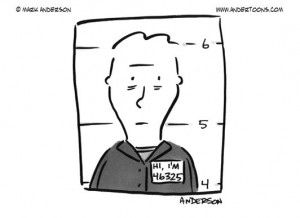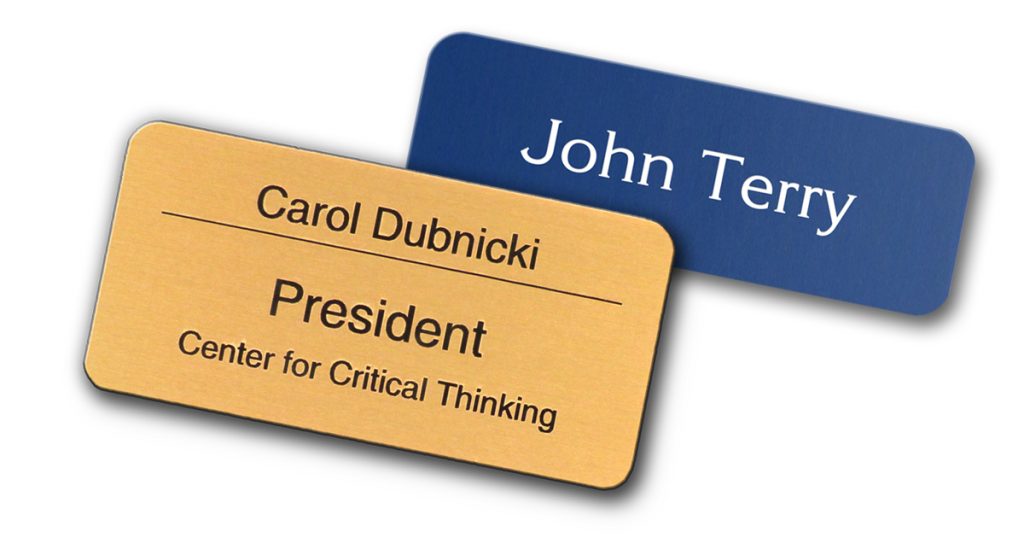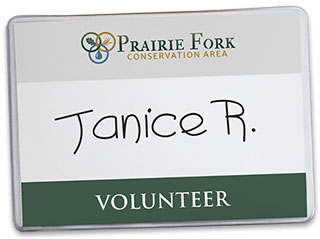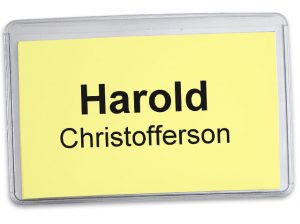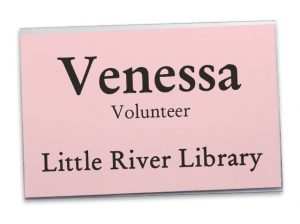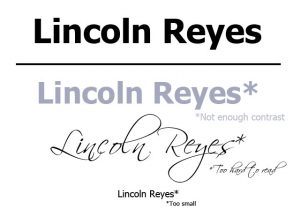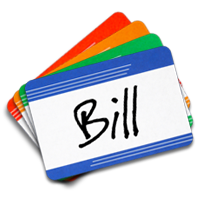Is there really a condition called Name Tag Deficiency Syndrome?
From Scott Ginsberg, The Name Tag Guy:
 “Over a half of a million people suffer every year from Emblema Nomenpenia, more commonly known as Name Tag Deficiency Syndrome (NTDS). This debilitating condition has run rampant through the American business community for many decades, experts say, although only recently has it been classified.”
“Over a half of a million people suffer every year from Emblema Nomenpenia, more commonly known as Name Tag Deficiency Syndrome (NTDS). This debilitating condition has run rampant through the American business community for many decades, experts say, although only recently has it been classified.”
Symptoms: You may experience localized font shrinkage, inflammation of the company logo, noticeable eye irritation due to cluttered texts, absence of upper chest name tag placement and mild conversational uncertainty and frustration.
Possible Side Effects: Beware of sudden, severe attacks of name forgetting, possible networking anxiety, unapproachable behavior, missed opportunities to make new friends or business contacts, and feelings of annoyance due to the inability to say hello to a new member or employee whose name you can’t read because their name tag is turned backwards.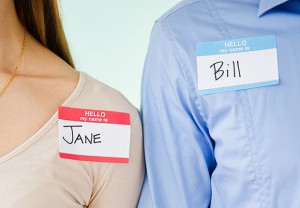
While NTDS is completely “made up,” the side effects are serious! However, this disease is easily treatable and completely curable!
Kris Hay, Communications Coordinator at the University of Puget Sound, offers her advice:
 “When it comes to networking, a name tag is a necessity. Anonymity is not to your advantage in these situations. Worn properly, a legible name tag helps people remember your name and then quickly move on to exchanging information with you.
“When it comes to networking, a name tag is a necessity. Anonymity is not to your advantage in these situations. Worn properly, a legible name tag helps people remember your name and then quickly move on to exchanging information with you.
“A poorly located, illegible, or absent name tag can cause consternation, and even embarrassment. A name tag should make it easy for people to meet and greet you without having to gaze at body parts other than your face. Wearing your name tag correctly demonstrates your etiquette and networking savvy.”
Come find your solution to Emblema Nomenpenia (NTDS) at www.nametag.com! We have all possible solutions. From blank name tags to name badges to customized name tags with a logo, we truly are your one-stop shop for all things related to personal identification!
